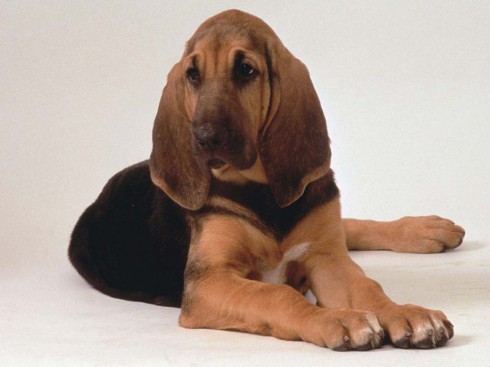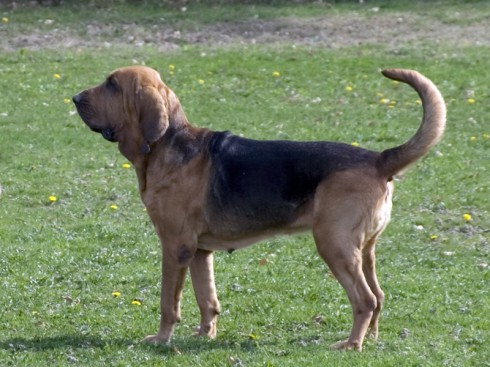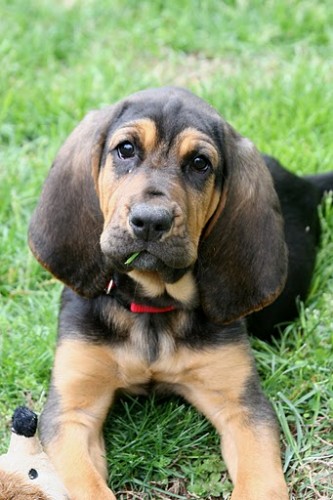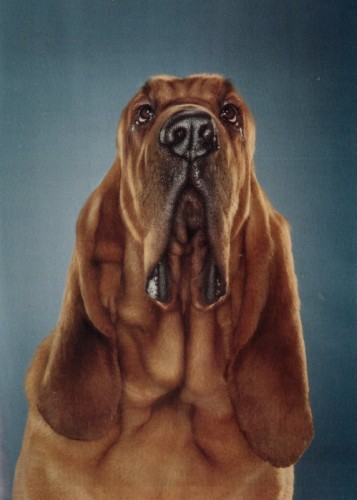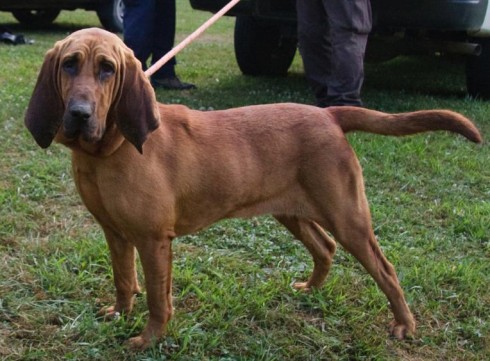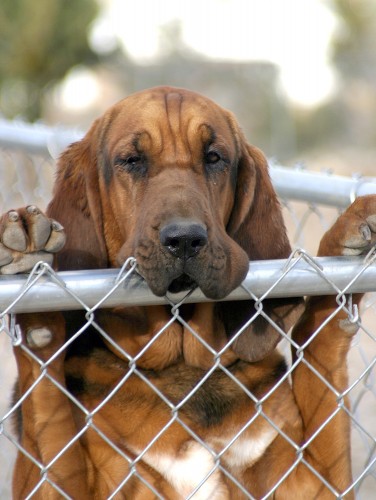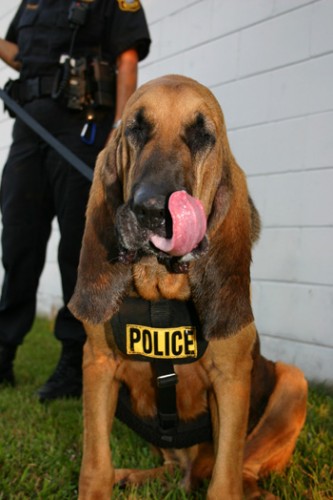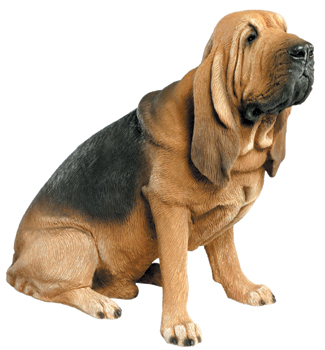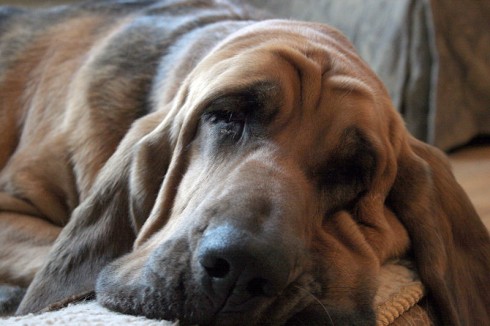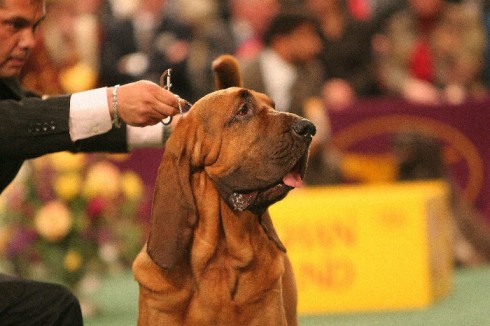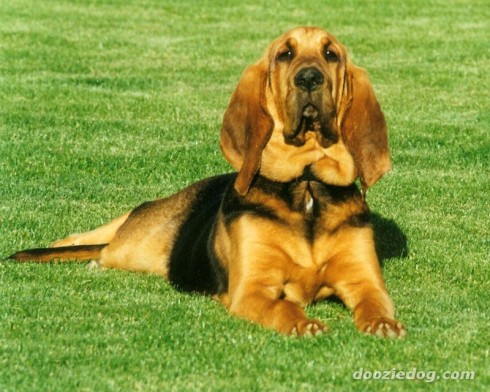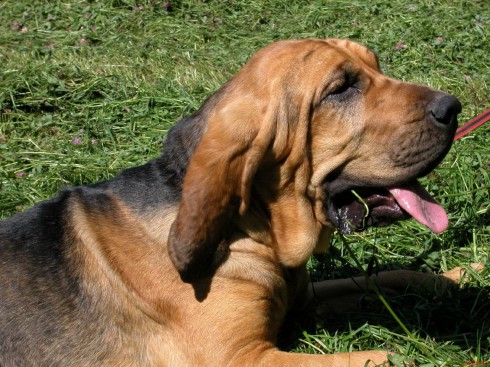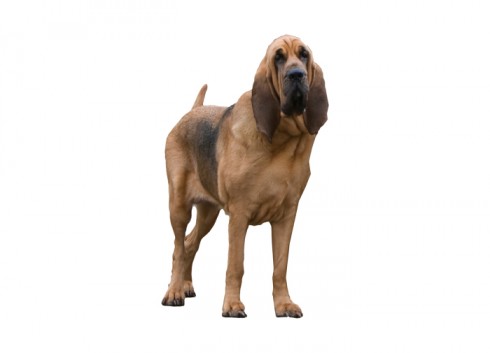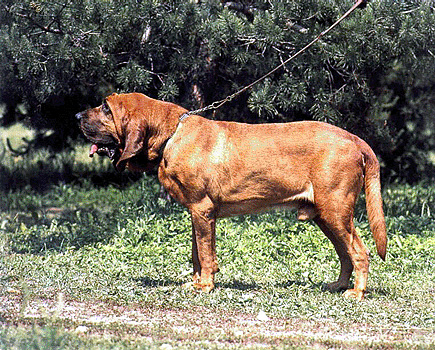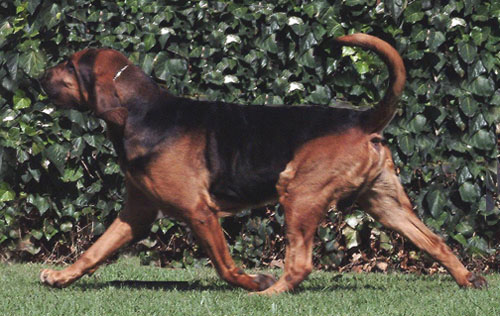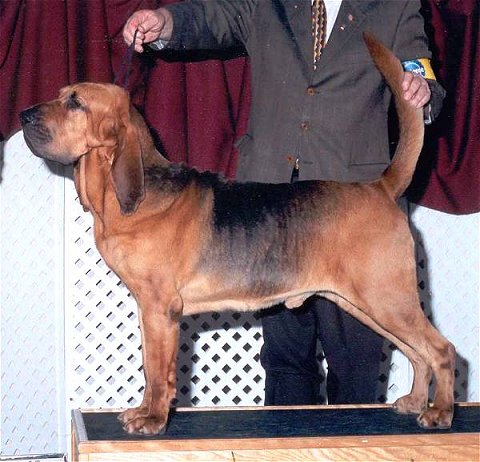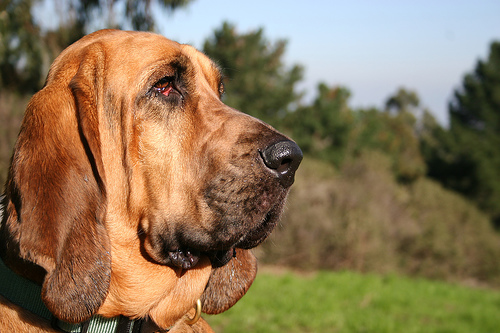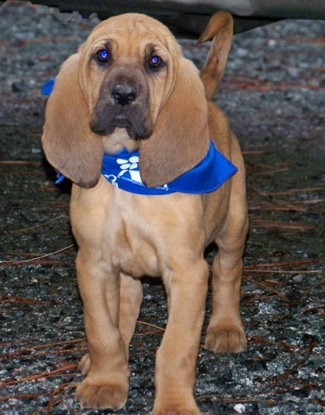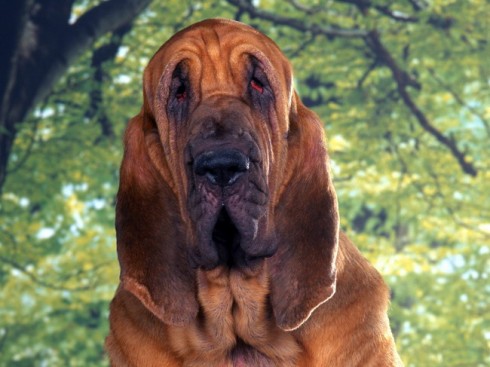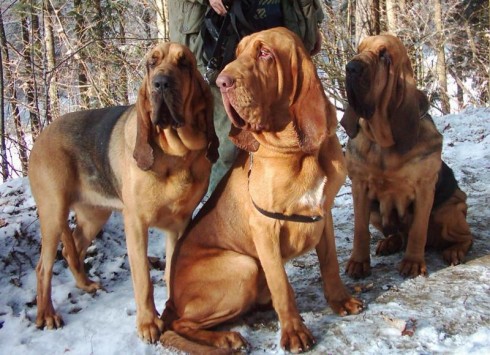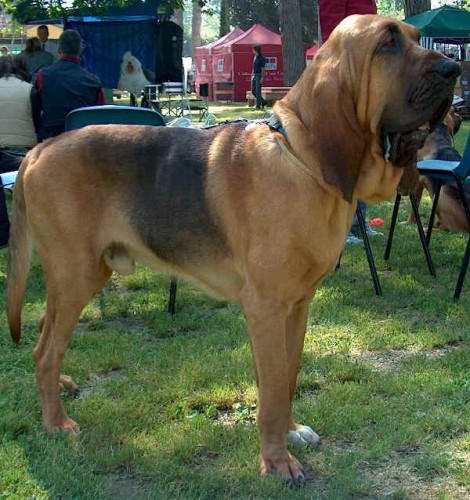Main Index
In Store
Our Web Store
Miniature Schnauzer Picture Gallery
Latest Dog Blogs
- What Are The Basic Commands To Train A Dog?
- PaySafe As The Most Popular Type Of Deposit
- Everything You Need To Know About Pet Sales
- Dogs Contribute To Our Physical And Mental Well Being
- How To Choose Where To Bet On Greyhounds In 2022
- Volunteer With Animals - How To Help Dogs Around The World
- Basic Understanding Of The House Edge
- Why You Should Get A Dog
- Top 20 Popular Dog Names Around The World
- Constipation in Dogs and How to Find Solutions
Bloodhound
The Full Bloodhound Description
The Bloodhound is a large dog and strong. His owner must be prepared to handle him with both respect and discipline. He is also one of the kindest and gentlest of all dogs. Bloodhounds are intelligent and want to please.
Did you know?
The modern Bloodhound has its origins in the Ardenne region of central Europe (located on the border of Belgium and France). It was there that the large game hounds of St. Hubert and Talbot and the white Southern hound were crossed to produce the dog known as the Chien de St. Hubert. Even today in some countries the terms Bloodhound and Chien de St. Hubert are interchangeable.
The first recorded use of Bloodhounds by organized law enforcement was in England in 1805 when the Thrapthon Association for the Prevention of Felons acquired a Bloodhound to search for poachers and thieves.
Testimony of a Bloodhound's mantrailing results is acceptable in almost any court.
So you want to own a Bloodhound?
Because of their hound heritage, Bloodhounds should never be allowed to roam free without supervision.
In temperament, the Bloodhound is affectionate, but somewhat shy by nature.
Bloodhounds do drool.
Indicative Breed Standard
General Appearance
Noble and dignified expression, characterised by solemnity, wisdom and power.
Characteristics
Possesses in a most marked degree every point and characteristic of those dogs which hunt together by scent (Sagaces). Very powerful, standing over more ground than is usual with hounds of other breeds. Skin thin and loose, especially noticeable about head and neck and where it hangs in deep folds.
Temperament
Affectionate, neither quarrelsome with companions nor with other dogs. Somewhat reserved and sensitive.
Head and Skull
Head narrow in proportion to length and long in proportion to body, tapering slightly from temples to muzzle, thus when viewed from above and in front having appearance of being flattened at sides and of being nearly equal in width throughout entire length. In profile upper outline of skull is nearly in same plane as that of foreface. Length from end of nose to stop not less than that from stop to back of occipital protuberance. Entire length of head from posterior part of occipital protuberance to end of muzzle 30 cms (12 ins) or more in dogs and 28 cms (11 ins) or more in bitches. Skull is long and narrow, with occipital peak very pronounced. Brows not prominent, although owing to set of eyes, may appear to give that appearance. Foreface long, deep and of even width throughout, with square outlines when seen in profile. Head furnished with an amount of loose skin, which in nearly every position appears abundant, but more particularly so when head is carried low; skin then falls into loose pendulous ridges and folds, especially over forehead and sides of face. Nostrils large and open. In front, lips fall squarely making a right angle with upper line of foreface; whilst behind they form deep hanging flews and, being continued into pendant folds of loose skin about neck, constitute the dewlap, which is very pronounced.
Eyes
Medium size, dark brown or hazel, neither sunken nor prominent, the lids being oval in shape and meeting the cornea – front window of the eye – perfectly without any irregularity in their contour. Eyes should be free from any interference from the eyelashes.
Ears
Thin and soft to the touch, long, set on low and falling in graceful folds, lower parts curling inwards and backwards.
Mouth
Jaws strong with a perfect, regular and complete scissor bite, i.e. upper teeth closely overlapping lower teeth and set square to the jaws.
Forequarters
Shoulders muscular and well sloped. Forelegs straight, large, round in bone with elbows well set in. Pasterns strong.
Body
Ribs well sprung, chest well let down between forelegs forming a deep keel. Back and loins strong, the latter deep and slightly arched.
Hindquarters
Thighs and second thighs very muscular. Hocks well let down, bent and squarely set.
Feet
Strong and well knuckled up.
Tail
(Stern) Long, thick, tapering to a point, set high with moderate amount of hair underneath. Carried scimitar-fashion, but not curled over back or corkscrew any time. When moving carried high.
Gait/Movement
Elastic, swinging free.
Coat
Smooth, short and weatherproof.
Colour
Black and tan, liver and tan (red and tan) and red. Darker colours sometimes interspersed with lighter or badger-coloured hair and sometimes flecked with white. Small amount of white permissible on chest, feet and tip of tail.
Size
Height of adult dogs: 66 cms (26 ins); bitches: 61 cms (24 ins). Dogs usually vary from 63-69 cms (25-27 ins); bitches from 58-63 cms (23-25 ins). Mean average weight of adult dogs in fair condition 41 kgs (90 lbs); bitches: 36 kgs (80 lbs). Dogs attain the weight of 50 kgs (110 lbs); bitches: 45.5 kgs (100 lbs). Hounds of the maximum height and weight preferred, providing that quality, proportion and balance combine.
About Our Article Directory
- Article
- 27 November 2010
- 2 comments
Ten Least Intelligent Breeds of Dog
- Article
- 20 November 2010
- 1 comment
Canis lupus familiaris
- Breed Article
- 29 May 2010
- No comments
Quick Search
Donate
Latest Dog Pods
- Tips on How to Stop Your Dog from Biting
- Beware - Not All Advertised Dog Rescues Really Are! How Can You Know The Truth?
- Helpful Tips For Dog Obedience Problems
- How to Keep Dogs From Eating Poop
- Dog Grooming Tips - A General Overview of the Very Basics of Dog Grooming
- Recognising Different Types of Dog Obedience Problems
- 5 Important Tips On Feeding A Puppy


